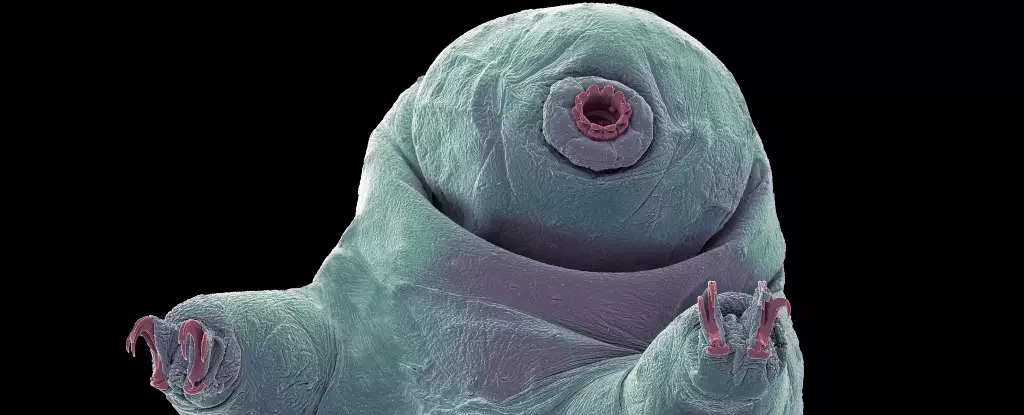The 2025 Lunar and Planetary Science Conference, held from March 10 to 14 in The Woodlands, Texas, brought together some of the brightest minds in space exploration. With a focus on innovative research and visionary mission proposals, this conference served as a fertile ground for discussions tackling fundamental questions in astrobiology and human adaptability in extraterrestrial environments. Notably, the conference explored how studying resilient organisms, specifically tardigrades or “water bears,” could provide crucial insights into human survival in space and other planets.
A Dive into Tardigrades: Nature’s Extremophiles
Faced with some of the most hostile environments on Earth, tardigrades have garnered significant attention from researchers. These minuscule creatures can withstand extreme temperatures, intense radiation, and even the vacuum of space. Their remarkable resilience makes them a prime candidate for studies focused on the potential for life beyond Earth. Isadora Arantes, a NASA ambassador and astronaut candidate, alongside Geancarlo Zanatta, an Associate Professor at the Federal University of Rio Grande do Sul, emphasized the importance of tardigrades in their research. They presented findings that identified specific proteins, like Damage Suppressor (Dsup), that afford these organisms their extraordinary protective capabilities.
The Science Behind the Survival
The research by Arantes and Zanatta delves deeply into how Dsup functions at a molecular level, acting as a shield against the DNA damage caused by environmental stressors. Through simulations using Gromacs software, they observed how Dsup mitigates genetic mutations caused by radiation, preserving the organisms’ genetic integrity. This line of inquiry exemplifies not only the marvels of nature but also the potential applications for humanity’s quest to survive in harsher environments, such as those found on Mars or icy moons like Europa and Titan.
Furthermore, the investigation extended to heat shock proteins (HSPs) and antioxidant enzymes, both vital for maintaining cellular function under duress. By understanding these biological mechanisms, researchers could unveil strategies that enhance human resilience to similar conditions, unlocking avenues for future explorers who might inhabit extraterrestrial worlds.
Extraterrestrial Applications: Insights from Tardigrade Research
The implications of studying tardigrades stretch far beyond pure science; they have far-reaching potential for space exploration. Findings related to their survival mechanisms suggest that life may indeed thrive in extreme conditions elsewhere in the solar system. The high-radiation environment on Mars and the subsurface oceans of Europa and Titan represent potential habitats for extremophiles similar to tardigrades. Arantes and Zanatta posited that understanding the stability of proteins in Titan’s hyper-cold ocean could offer insights into how life can persist in environments previously deemed inhospitable.
This research also emphasizes the principle of looking at Earth-based solutions from a cosmic perspective. As scientists strive to engineer more resilient biological systems, the lessons learned from tardigrade adaptations are proving indispensable for biotechnology. The potential for creating crops that withstand extreme climates or enhancing human resistance to radiation showcases the multifaceted relevance of extremophiles.
The Path Forward: Integrating Research for Future Space Missions
Arantes and Zanatta made a poignant point regarding the need for comprehensive research approaches—integrating both computational simulations and experimental studies to decipher the intricate survival mechanisms inherent to tardigrades. This cross-discipline inquiry is crucial for not only enhancing our understanding of life’s endurance in space but also for its applicable insights on Earth. With emerging threats like climate change and increased radiation exposure, the knowledge gained from extremophiles can illuminate pathways toward sustainable solutions.
Decoding the resilience of organisms like tardigrades may serve as a seedbed for innovative approaches to human adaptability. Whether through advanced agricultural practices, medical breakthroughs, or pioneering technologies aimed at space habitation, the exploration of life’s tenacity offers profound insights with tangible benefits.
The study of tardigrades stands as a beacon highlighting how understanding life’s resilience can pave the way for human exploration beyond our planet, revealing not only the secrets of surviving in adverse conditions but also the broader implications for life itself.

